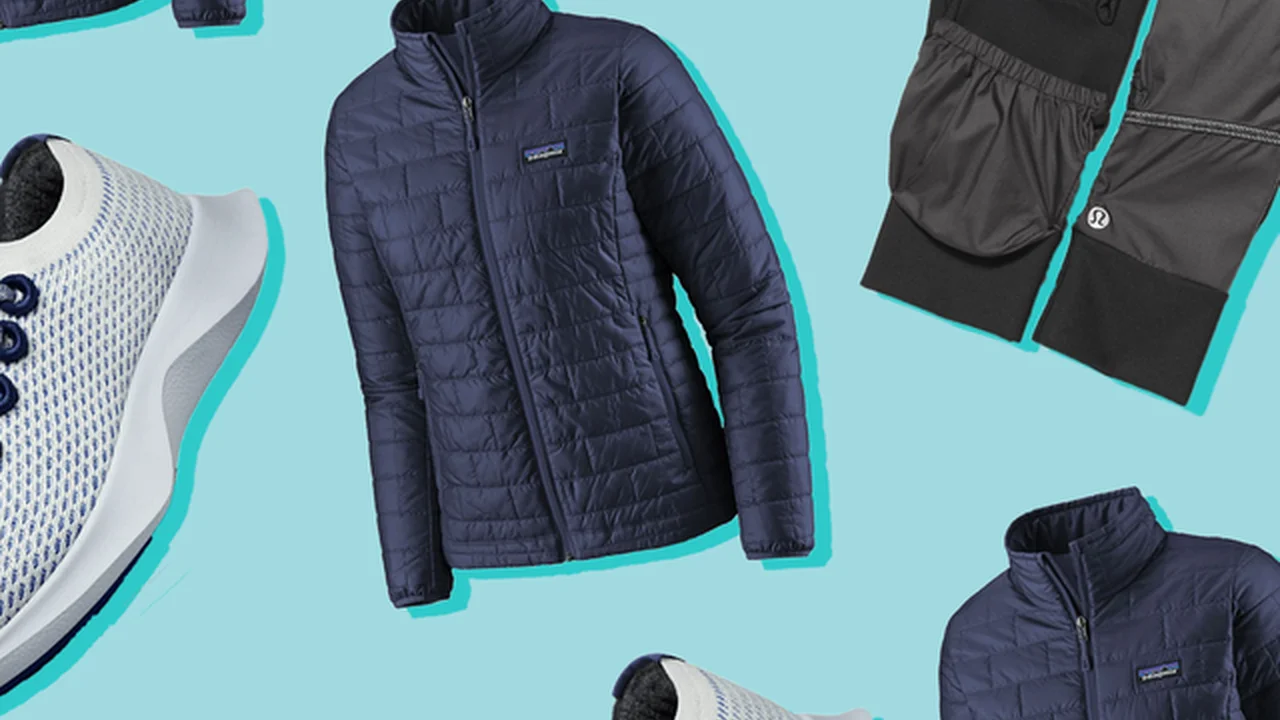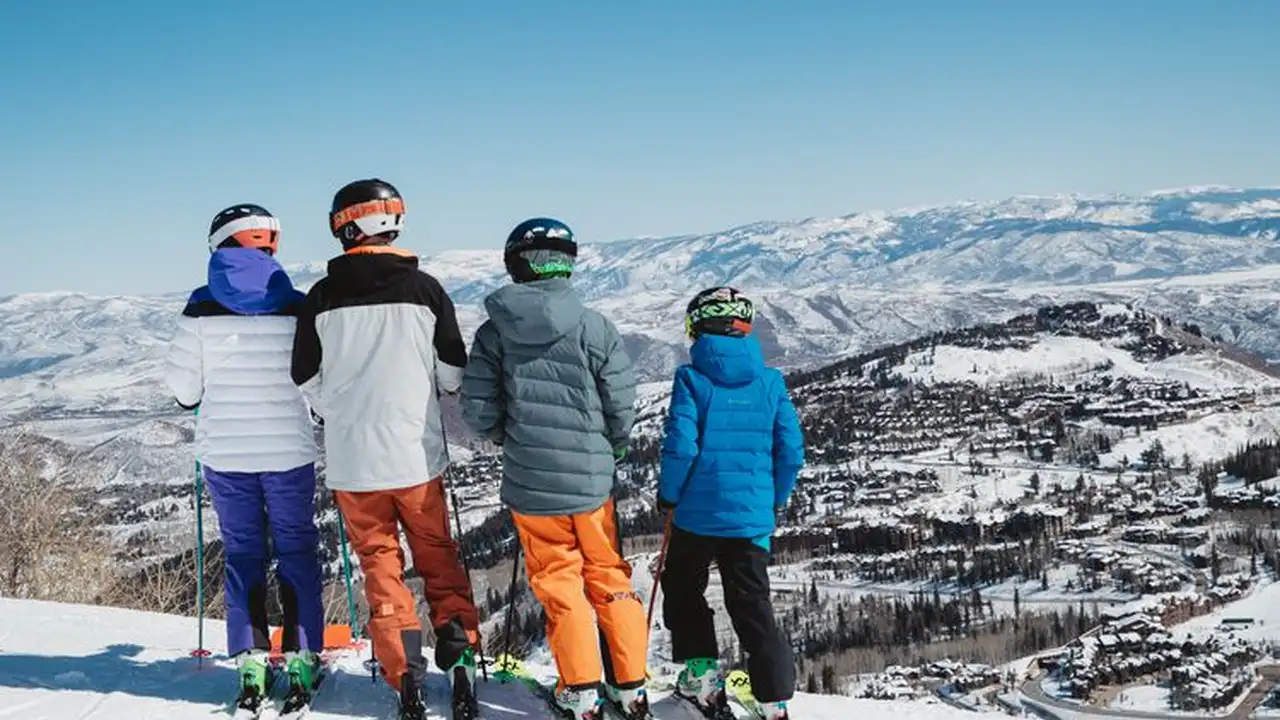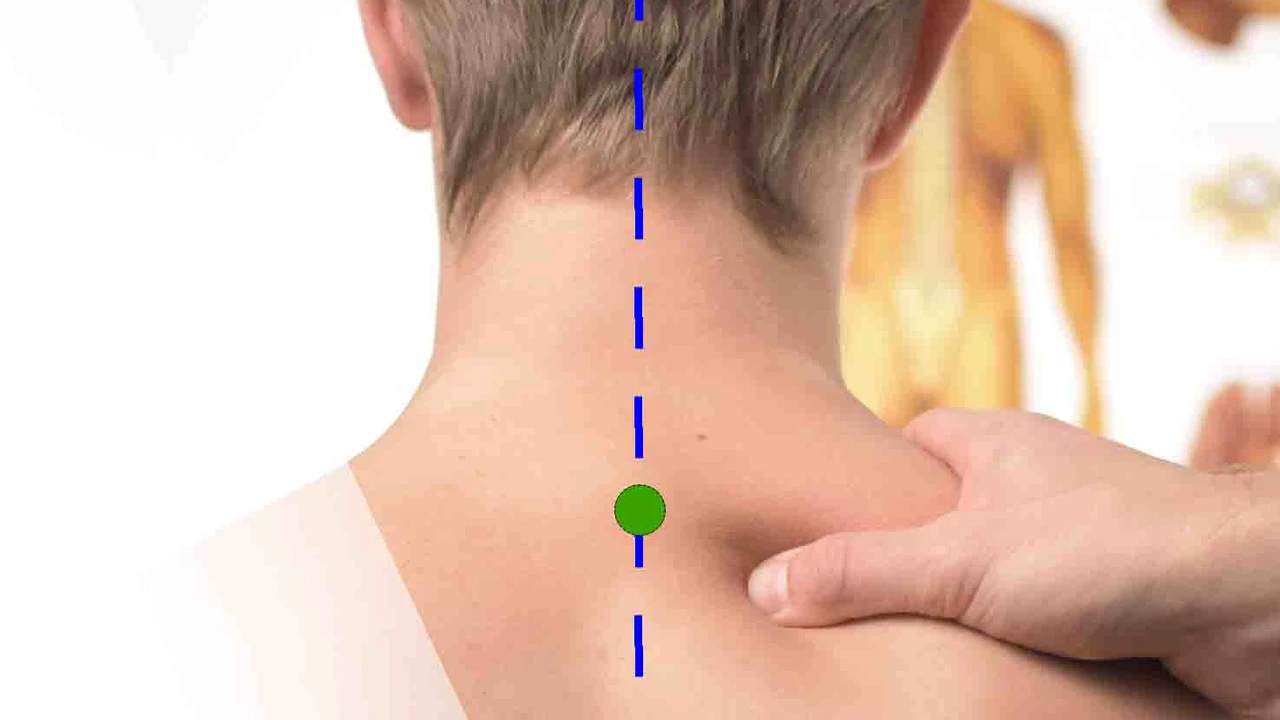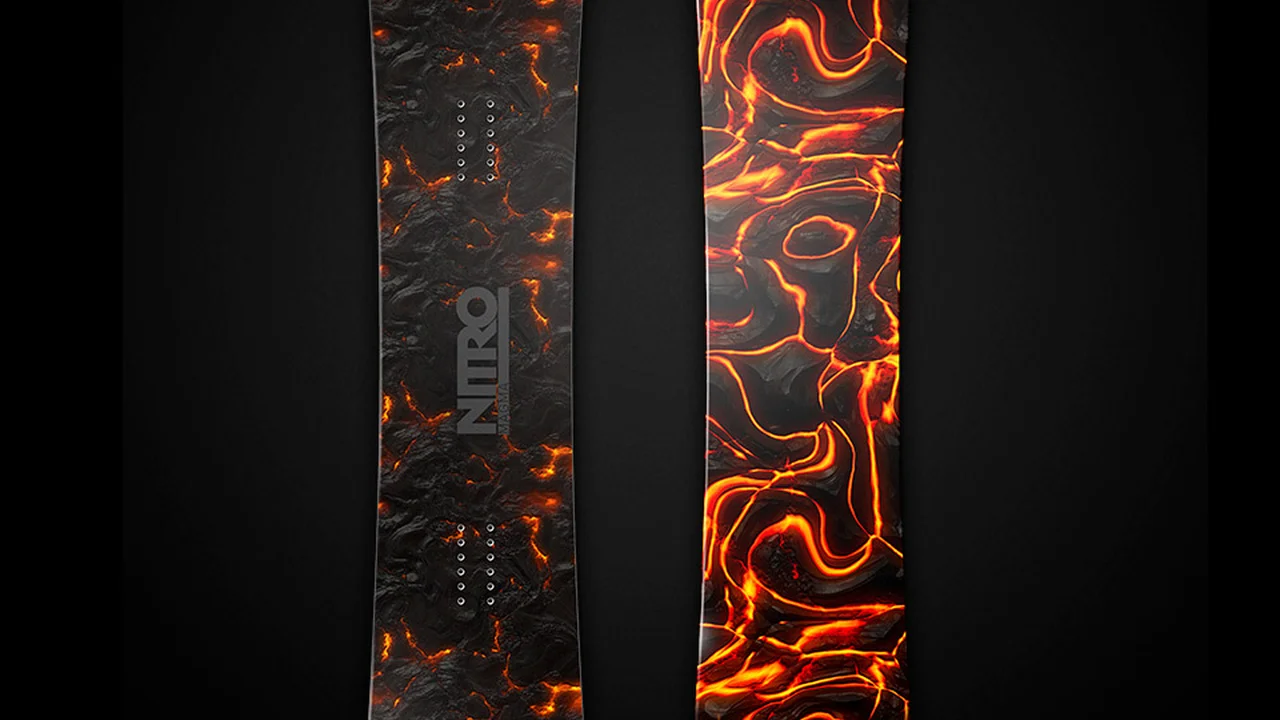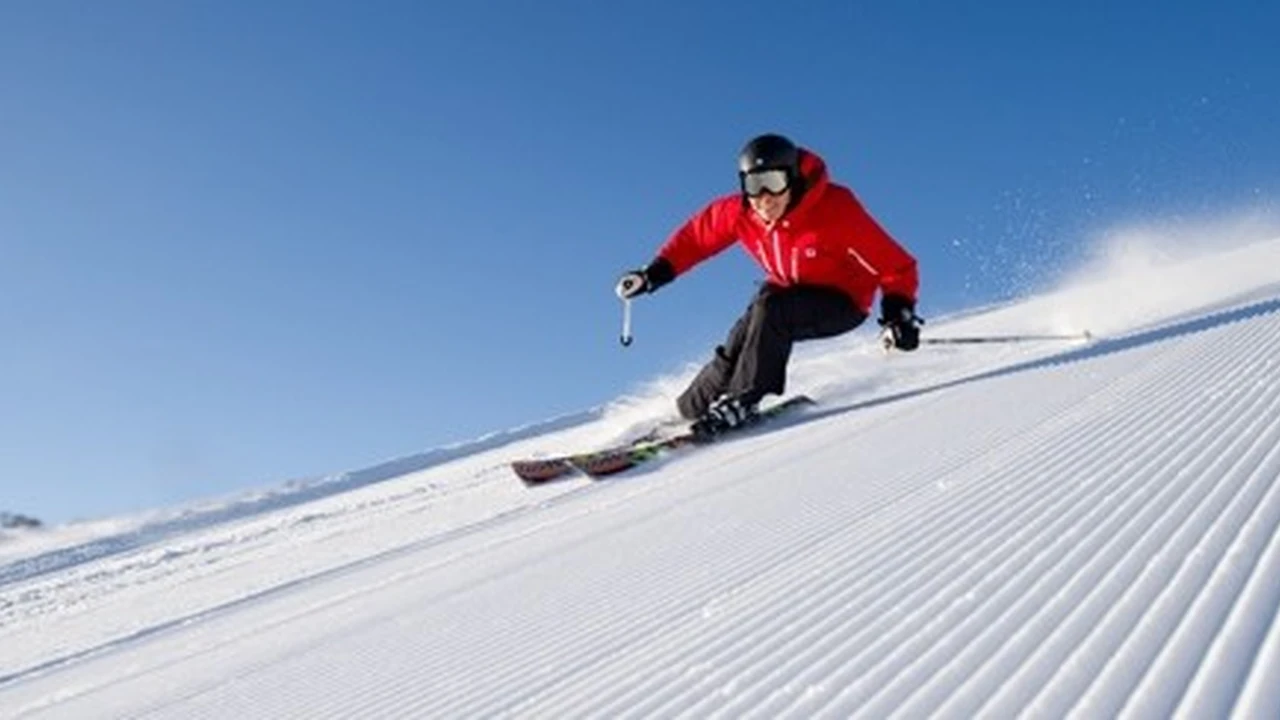
Hey there, fellow snow enthusiasts! Ready to hit the slopes? Before you strap on those skis or board and carve up some fresh powder, let's talk about something super important: warming up. I know, I know, you're probably itching to get going, but trust me, a proper warm-up isn't just some boring chore. It's your secret weapon for preventing injuries, boosting your performance, and making sure you have the best day possible on the mountain. Think of it as giving your body a friendly heads-up that it's about to do some serious work. We're talking about getting your muscles ready, your joints lubricated, and your mind focused. So, let's dive into why warming up is crucial and what specific exercises you should be doing to get slope-ready.
\n\nWhy Warm Up for Skiing and Snowboarding Injury Prevention
\n\nYou might be thinking, \"I'm just going to slide down a hill, how much warm-up do I really need?\" Well, skiing and snowboarding, while incredibly fun, are demanding sports. They involve dynamic movements, quick changes in direction, and putting a lot of stress on your joints and muscles. Without a proper warm-up, your body is essentially going from zero to sixty in a matter of minutes. This can lead to all sorts of issues, from minor aches and pains to more serious injuries like sprains, strains, and even tears. A good warm-up increases blood flow to your muscles, making them more pliable and less prone to injury. It also gets your synovial fluid flowing in your joints, which acts like a natural lubricant, improving your range of motion and reducing stiffness. Plus, it mentally prepares you for the challenges ahead, improving your reaction time and coordination. It's all about setting yourself up for success and staying safe out there.
\n\nDynamic Warm Up Exercises for Skiers and Snowboarders
\n\nWhen we talk about warming up for skiing, we're not talking about static stretches where you hold a position for a long time. Those are better for after your activity. For pre-skiing, we want dynamic movements that mimic the actions you'll be doing on the slopes. These get your heart rate up, your blood flowing, and your muscles activated. Aim for about 10-15 minutes of these exercises before you even think about getting on the lift. You can do them right at the base lodge, in the parking lot, or even on the chairlift if you're feeling adventurous (though maybe stick to solid ground for most of these!).
\n\nLeg Swings Hip Mobility and Flexibility
\n\nLeg swings are fantastic for opening up your hips and getting your hamstrings and quads ready. Stand tall, holding onto something for balance if needed. Swing one leg forward and backward in a controlled motion, gradually increasing the height of the swing. Do about 10-15 swings per leg. Then, do side-to-side leg swings, bringing your leg across your body and out to the side. This helps with lateral movements crucial for turning.
\n\nTorso Twists Core Engagement and Spinal Mobility
\n\nYour core is your powerhouse on the slopes. Stand with your feet shoulder-width apart, knees slightly bent. Keep your hips relatively stable and gently twist your torso from side to side, letting your arms swing naturally. This warms up your obliques and improves spinal mobility, which is key for absorbing bumps and making quick turns. Aim for 10-15 twists in each direction.
\n\nArm Circles Shoulder Warm Up and Upper Body Prep
\n\nEven though skiing is very leg-dominant, your upper body plays a role in balance and pole planting. Start with small arm circles, gradually making them larger, both forward and backward. Do about 10-15 circles in each direction. This gets your shoulders and upper back ready for action.
\n\nBodyweight Squats Leg Strength and Balance
\n\nSquats are fundamental for skiing. They mimic the athletic stance you'll maintain on the slopes. Stand with your feet shoulder-width apart, toes pointing slightly out. Lower your hips as if sitting in a chair, keeping your chest up and back straight. Go as deep as comfortable. Do 10-15 repetitions. Focus on controlled movements, not speed.
\n\nLunges Quad and Glute Activation
\n\nLunges are excellent for unilateral leg strength and balance. Step forward with one leg, lowering your hips until both knees are bent at approximately a 90-degree angle. Make sure your front knee doesn't go past your toes. Push off your front foot to return to the starting position. Alternate legs, doing 8-10 lunges per leg.
\n\nHigh Knees and Butt Kicks Cardiovascular Warm Up
\n\nThese are great for getting your heart rate up and activating your leg muscles. For high knees, jog in place, bringing your knees up towards your chest. For butt kicks, jog in place, trying to kick your heels towards your glutes. Do each for 30-60 seconds. These are quick, effective ways to get your blood pumping.
\n\nAnkle Rotations Ankle Mobility and Stability
\n\nYour ankles are crucial for controlling your skis or board. Lift one foot slightly off the ground and rotate your ankle in circles, both clockwise and counter-clockwise. Do 10-15 rotations in each direction for each ankle. This helps improve ankle mobility and can prevent sprains.
\n\nPre-Skiing Warm Up Routine Example
\n\nHere's a quick routine you can follow:
\n- Light Cardio (2-3 minutes): Brisk walking, light jogging in place, or marching to get your heart rate up.
- Leg Swings (10-15 per leg, forward/backward and side-to-side): Focus on controlled movement.
- Torso Twists (10-15 per side): Gentle rotations.
- Arm Circles (10-15 forward and backward): Gradually increasing size.
- Bodyweight Squats (10-15 reps): Focus on form.
- Walking Lunges (8-10 per leg): Controlled steps.
- High Knees / Butt Kicks (30-60 seconds each): Get that heart rate up!
- Ankle Rotations (10-15 per ankle, each direction): Finish with joint prep.
This whole routine should take you about 10-15 minutes. You'll feel warmer, more flexible, and ready to tackle the mountain.
\n\nGear That Helps Your Warm Up and Recovery
\n\nWhile the exercises themselves are key, certain gear can also aid in your warm-up and recovery, making your overall experience better. These aren't strictly necessary for the warm-up itself, but they can contribute to your body's readiness and post-skiing comfort.
\n\nCompression Gear Muscle Support and Blood Flow
\n\nCompression socks, tights, or sleeves can be worn during your warm-up and throughout your ski day. They are designed to improve blood circulation, reduce muscle vibration (which can lead to fatigue), and provide support to your muscles. This can help with both performance and recovery.
\n\nProduct Recommendation: CEP Ski Touring Compression Socks
\n- Description: These socks offer targeted compression for improved circulation and reduced muscle fatigue, specifically designed for the demands of skiing and touring. They also provide excellent warmth and moisture-wicking properties.
- Use Case: Wear them from the moment you put on your ski boots until you take them off. Great for long days on the slopes or multi-day trips.
- Comparison: Many brands offer compression socks, but CEP is known for its medical-grade compression and durability. They often feel tighter than standard ski socks, which is the point.
- Price: Around $50-$70 USD.
Product Recommendation: Under Armour ColdGear Compression Leggings
\n- Description: These leggings provide compression and warmth, making them ideal as a base layer for cold weather activities. They wick sweat and dry fast, keeping you comfortable.
- Use Case: Wear under your ski pants for added warmth and muscle support.
- Comparison: Similar products from Nike Pro, Adidas Techfit. Under Armour's ColdGear line is specifically designed for colder temperatures, offering a good balance of warmth and compression.
- Price: Around $50-$80 USD.
Foam Rollers and Massage Balls Post-Skiing Recovery and Pre-Skiing Release
\n\nWhile primarily for recovery, a quick roll on a foam roller or massage ball can help release any tight spots before you even start your dynamic warm-up. This can improve your range of motion and make your warm-up more effective.
\n\nProduct Recommendation: TriggerPoint GRID Foam Roller
\n- Description: This foam roller has a multi-density surface that mimics a therapist's hand, allowing for targeted massage. It's durable and hollow, making it relatively lightweight.
- Use Case: Before skiing, spend 5 minutes rolling out your quads, hamstrings, glutes, and calves. After skiing, use it more extensively for recovery.
- Comparison: Many foam rollers exist, but the GRID's textured surface offers a more intense and effective massage than smooth rollers.
- Price: Around $35-$50 USD.
Product Recommendation: Theragun Mini Portable Massage Gun
\n- Description: A compact, portable percussion massage device that delivers deep muscle treatment. It's small enough to throw in your ski bag.
- Use Case: Quick pre-skiing muscle activation or post-skiing recovery. Target specific tight spots like quads, glutes, or calves for a few minutes.
- Comparison: More expensive than foam rollers or balls, but offers a different type of deep tissue massage. Competitors include Hypervolt Go. The Theragun Mini is praised for its power in a small package.
- Price: Around $150-$200 USD.
Portable Resistance Bands Muscle Activation and Strength
\n\nResistance bands are incredibly versatile and lightweight. You can use them for a quick activation routine before hitting the slopes, especially for glutes and hip abductors, which are crucial for stability in skiing.
\n\nProduct Recommendation: Rogue Fitness Monster Bands (Light to Medium Resistance)
\n- Description: High-quality, durable resistance bands that come in various resistance levels. The lighter bands are perfect for warm-ups and activation.
- Use Case: Loop a band around your ankles or knees for exercises like band walks (side steps), glute bridges, or clam shells. Do 1-2 sets of 10-15 reps for each exercise to activate key skiing muscles.
- Comparison: Many brands offer resistance bands. Rogue is known for its robust construction and longevity, making them a good investment.
- Price: Around $15-$30 USD per band, depending on resistance.
Common Mistakes to Avoid in Your Warm Up
\n\nEven with the best intentions, people sometimes make mistakes with their warm-up that can lessen its effectiveness or even be counterproductive. Let's make sure you're not falling into these traps:
\n\nSkipping It Entirely The Biggest Mistake
\n\nThis is the most common and most detrimental mistake. Thinking you're too good, too fit, or too pressed for time to warm up is a recipe for disaster. Just 10-15 minutes can make a world of difference.
\n\nStatic Stretching Before Skiing Reduced Power Output
\n\nAs mentioned, holding stretches for extended periods (static stretching) before an explosive activity like skiing can actually decrease your power output and make your muscles less responsive. Save those deep stretches for after your ski day when your muscles are warm and ready for lengthening.
\n\nNot Warming Up Enough Too Short or Too Gentle
\n\nA quick 2-minute arm swing isn't going to cut it. You need to get your heart rate up, break a light sweat, and feel your muscles getting warm and pliable. If you're not feeling a bit warmer and more limber, you probably haven't done enough.
\n\nOverdoing It Exhaustion Before You Start
\n\nConversely, don't turn your warm-up into a full workout. The goal is to prepare your body, not exhaust it. You should feel energized and ready to go, not tired. Keep the intensity moderate and the duration reasonable.
\n\nIgnoring Specific Body Parts Neglecting Key Muscle Groups
\n\nSkiing and snowboarding use your entire body, but especially your legs, core, and hips. Make sure your warm-up addresses these key areas. Don't just focus on your quads and forget your glutes or ankles.
\n\nBeyond the Warm Up Staying Ready on the Slopes
\n\nYour warm-up isn't a one-and-done deal for the entire day. If you take a long break for lunch, or if it's particularly cold, consider doing a mini-warm-up before your next set of runs. A few leg swings, torso twists, and squats can reactivate your muscles and keep you feeling good. Also, remember to stay hydrated throughout the day. Dehydration can lead to muscle cramps and fatigue, which definitely won't help your performance or injury prevention. Sip water or an electrolyte drink regularly, even if you don't feel thirsty. And finally, listen to your body. If something feels off, take a break. Pushing through pain is never a good idea.
\n\nSo, there you have it! A comprehensive guide to warming up for skiing and snowboarding. It's a small investment of time that pays huge dividends in terms of safety, performance, and overall enjoyment. Make it a non-negotiable part of your ski day routine, and you'll be carving turns with confidence and feeling great from first chair to last. Now go get 'em!
" } ] }:max_bytes(150000):strip_icc()/277019-baked-pork-chops-with-cream-of-mushroom-soup-DDMFS-beauty-4x3-BG-7505-5762b731cf30447d9cbbbbbf387beafa.jpg)



